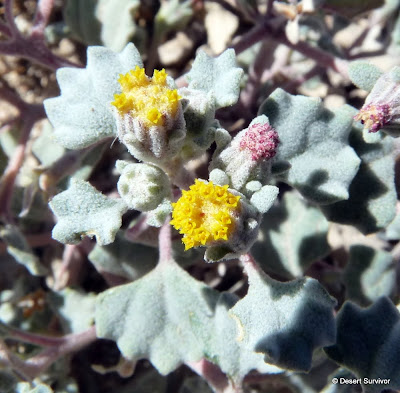
You probably know this flower--the common sunflower (
Helianthus annuus). It's native to the Americas and widespread. Flowers can be highly variable in this annual plant.

Young sunflowers display heliotropism--that is, they turn their heads to follow the sun throughout the day.
Sunflowers have been used to symbolize many things and have many uses, which are included in the link below.

I was delighted to see so many insects on the sunflowers, in particular this butterfly, a clouded sulphur (as best I can tell). With the yellowish tint, it's probably a male.

And the greener-tinged one is the female clouded sulphur. I saw thousands of sulphurs over an alfalfa field earlier in the summer, so it's neat to see what else they are feeding on.
For more info on common sunflower, click
here.
 This is a shrub many allergy-sufferers come to know all-to-well: rubber rabbitbrush (Ericameria nauseosa previously Chrysothamnus nauseosus). It flowers in the late summer and early fall and is found throughout western North America.
This is a shrub many allergy-sufferers come to know all-to-well: rubber rabbitbrush (Ericameria nauseosa previously Chrysothamnus nauseosus). It flowers in the late summer and early fall and is found throughout western North America. There are lots of cool facts about rubber rabbitbrush, some of which you can find here.
There are lots of cool facts about rubber rabbitbrush, some of which you can find here.
















































